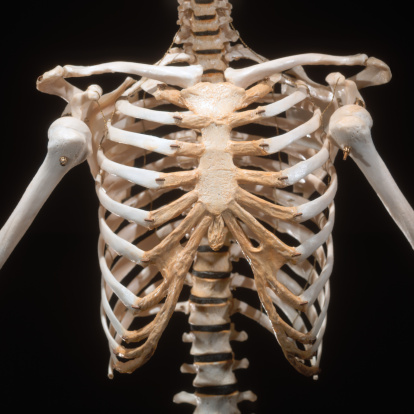
Two of the biggest bone health issues facing American adults are Osteoporosis and Infectious Arthritis. About 10 million people in the United States are currently suffering from osteoporosis, a bone disease that is known for leading to fractures in hips, wrists and even the spine.
Infectious Arthritis, also referred to as Septic Arthritis, is an inflammation of one or more joints that is brought on by a bacterial, viral or fungal infection. It is estimated that around 20 thousand cases of infectious arthritis; characterized by debilitating joint pain, occur in the U.S each year. Add to this the fact that one in 5 Americans suffer from some other form of Arthritis and it seems like there are more people suffering from joint pain than not.
Treating Joint Pain and Inflammation
To treat joint pain and inflammation doctors prescribe over-the-counter medications or non-steroidal anti-inflammatory medication, especially in cases where the joint pain includes inflammation. For osteoporosis, Bisophophonates; a class of medication that slows bone breakdown is often used. Hormone- like medication is also recommended for women with the disease. While these drugs seem to help certain people, many medical professionals say it isn’t enough.
Natural Ways to Support Bones
More doctors say good nutrition, along with supplementation and regular exercise are keys to better bone health. They suggest that lifestyle changes can both prevent and treat bone problems.
One study that has received a lot of attention was conducted at the University of Illinois in 2011. It showed that adults who increased their intake of calcium and vitamin D increased their bone mineral density and significantly reduced their risk of hip fracture. The scientists said some prescription drugs help build bone in one area of the body and increase fractures in another section of the body.
Diets for Bone Health – Don’t Just Look to Calcium…
They added other medications build new bone on top of old bone, so your old bone may be thicker, but not necessarily structurally sound. It has been suggested by scientists that supplements and foods high in calcium and vitamin D are therefore good options for bone strength.
For years medical experts thought calcium was the magic answer to all our bone health concerns; however, in recent years more studies have shown that we need sufficient vitamin D to help us absorb the calcium properly. More foods are now fortified with calcium and vitamin D making it a little easier to include in our diets. Below are some examples:
- Soy milk
- Orange juice
- Yogurt
- Crackers
- Cereals
- Bread
- Breakfast bars
Although the debate rages on, several studies demonstrate that alkaline diets are good for bone health. An alkaline diet is dominated by fruits and vegetables, as opposed to proteins and grains.
Exercising Joint Pain Away
Exercise is also considered a natural bone-building method. Research shows that regular exercise helps increase bone density. It also builds balance and flexibility to prevent falls. Even light exercise such as walking is beneficial. A study recently published in the Endocrine Society’s Journal states that physical exercise in women who are pre-menopausal can significantly reduce sclerostin, which is known for slowing bone formation. It was determined that women who took part in more than 2 hours of exercise per week had much lower levels of serum sclerostin.
RELATED READING: 332% More Powerful Than Glucosamine?
Our bones give us more than structure…they allow us to sit, stand, walk and play. Bones also protect our vital organs and soft tissue from the damaging elements of the outside world. The inside of our bones are filled with bone marrow, which is where red blood cells are made. Clearly, we need to take care of our bones if we want to lead an active, comfortable life.